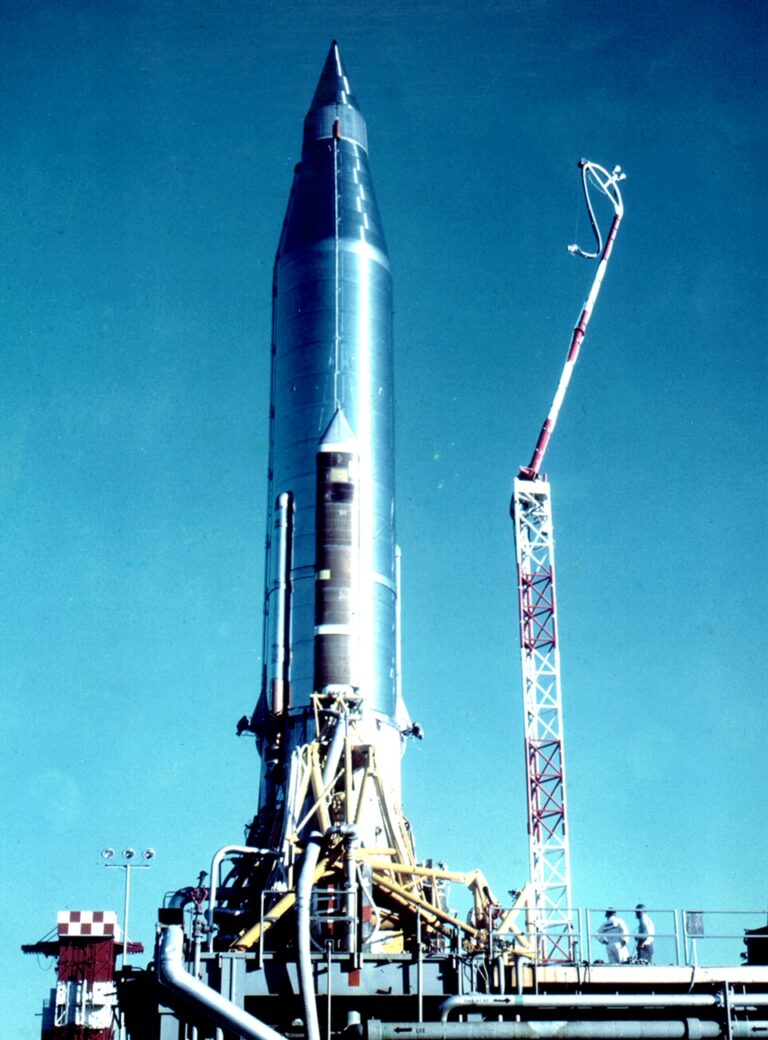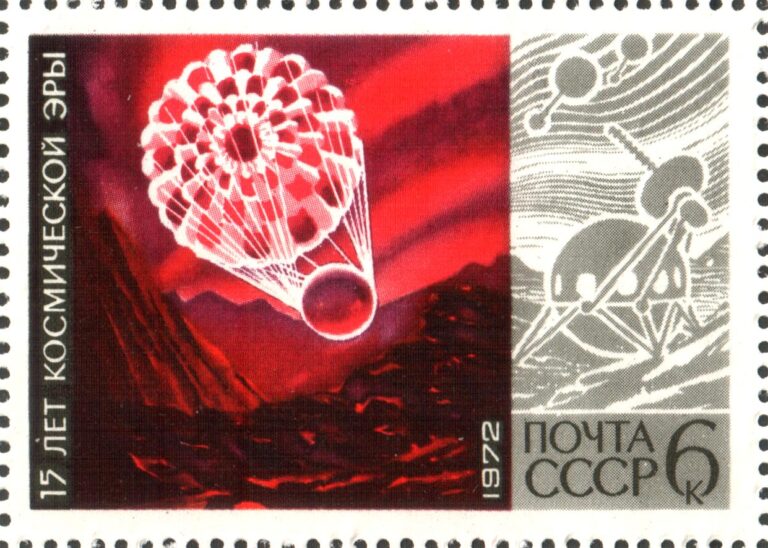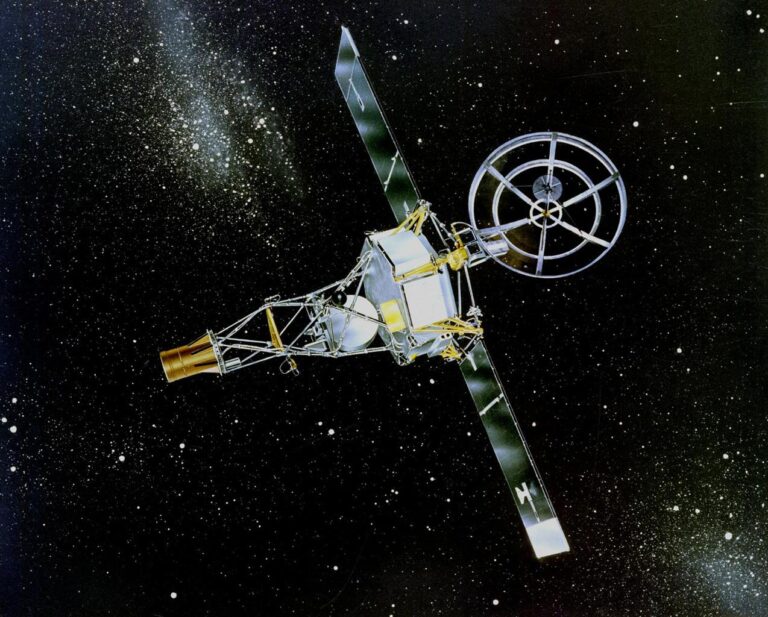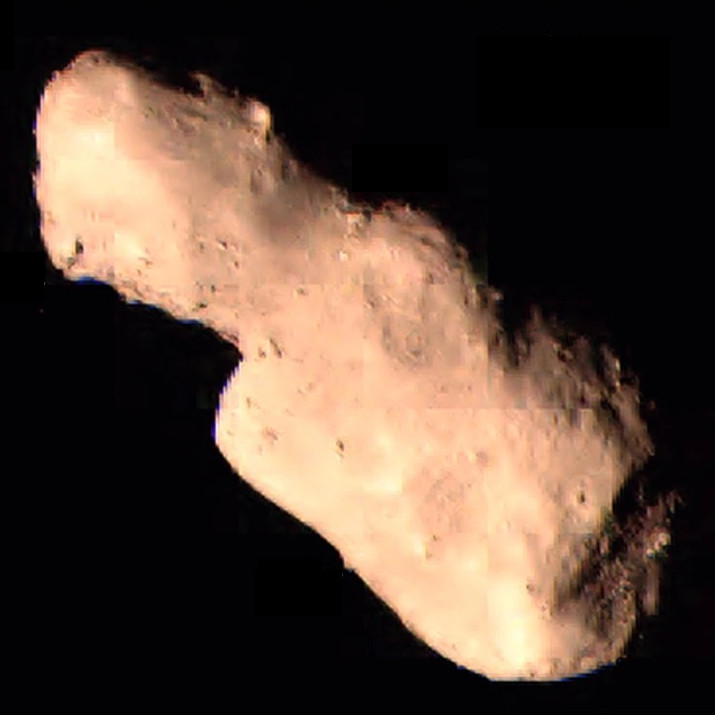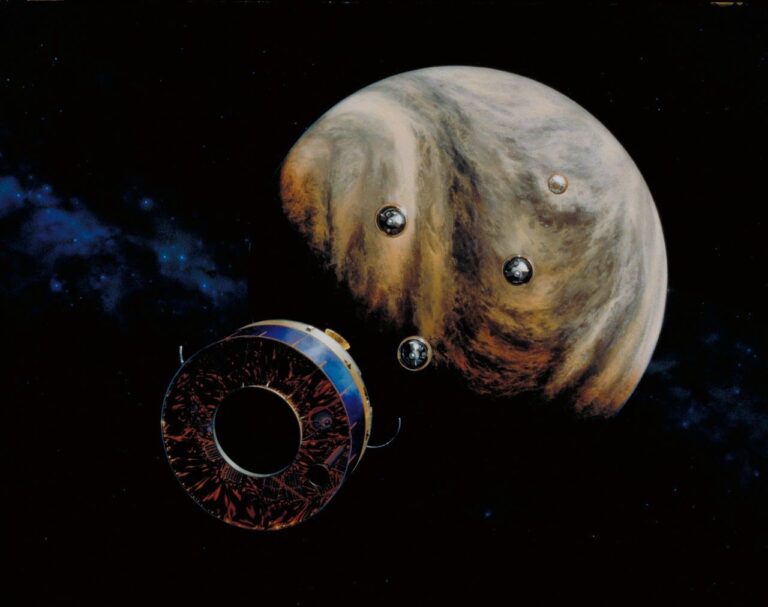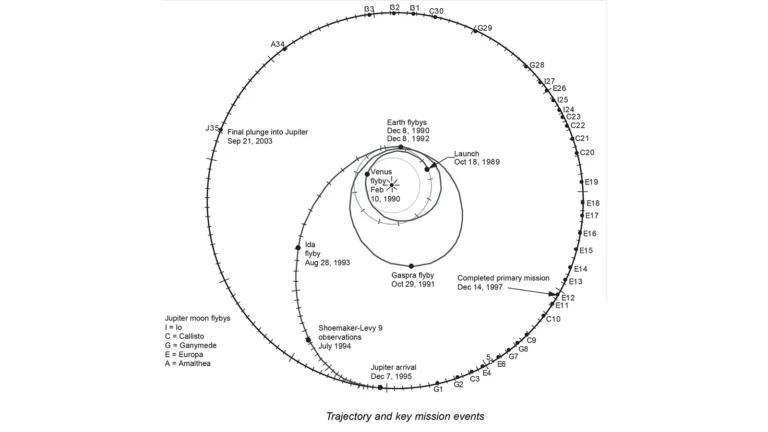Key Takeaways:
A team of researchers from the NASA-affiliated Eagleworks lab published a paper last week describing a series of tests on the EmDrive. They say their methodology accounted for nearly all possible errors and returned results indicating that the device produced thrust, an apparent violation of Newton’s Third Law of Motion. The drive works by bouncing microwaves around the inside of a cone-shaped chamber, apparently producing thrust even though nothing is being emitted from the device. This is in opposition to the laws of physics as we understand them, which state that every action must have an equal and opposite reaction. For example, conventional propellant-based rockets are pushed forward by the ejection of superheated gas from the nozzle.
Litany of Problems
Critics liken the EmDrive to trying to move a car by getting inside and pushing on the windshield. This violation of fundamental principles has drawn criticism from the scientific community ever since the device was first proposed in the early 2000’s by British researcher Roger Shawyer. Tests of the device have been subject to some glaring flaws, and one Chinese team was forced to retract the results of a 2012 experiment after concluding that they were due to thermal expansion in the test device. And EmDrive tests have never before passed peer review, meaning that the results weren’t looked over by other scientists. With this paper, published in the Journal of Propulsion and Power, the researchers have cleared an initial hurdle on the path to legitimacy.
That doesn’t mean that the EmDrive actually works though. Passing peer review simply means that other scientists have examined their data and methodology and declared them sound. There could still be experimental flaws that no one has been able to catch yet. In addition, no one has yet replicated their experiment and produced similar results, another key step in the process.
Better Experiment
To test whether the EmDrive produced thrust, the researchers mounted it on a pendulum that would swing to indicate movement. They tested the device at different levels of current and received positive results every time. Their results indicate that the device puts out 1.2 millinewtons of thrust — or enough to accelerate a satellite weighing one kilogram to one mile per hour over the course of about six minutes — for every kilowatt of power put through it. In an important move, they tested the EmDrive in vacuum conditions as well, and report that it performs nearly the same. A prominent criticism of earlier tests was that the heat generated by the device could have been responsible for the apparent movement. Moving the experiment to a vacuum provides a more perfect environment to run tests in.
Besides opening up new realms of physics, a propellant-less device like the EmDrive would be extremely useful for extended missions in space. The device runs only on electricity, meaning that a spacecraft wouldn’t need to bring any fuel along with it and could power itself using only solar panels. The thruster is far less powerful than conventional rockets, and even the ion engines currently in use on some NASA spacecraft, but both of those thruster designs require fuel to be carried on board. Other fuel-free methods of propulsion do exist, such as light sails and laser propulsion, but they are orders of magnitude weaker than the EmDrive claims to be.
“NASA is looking forward to the scientific discussions with the broader technical community that will occur based on the publication of the Eagleworks team’s experimental findings, said Jay Bolden, an Engineering PUblic Affairs Officer with NASA’s Johnson Space Center. “This is part of what NASA does in exploring the unknown, and the agency is committed to and focused on the priorities and investments identified by the NASA Strategic Space Technology Investment Plan. Through these investments, NASA will develop the capabilities necessary to send humans farther into space than ever before.”
Room for Error
The list of possible confounding variables is long, however. In their paper, the researchers address nine of them, including everything from vibrations to magnetic interactions with external hardware. One of the largest possible sources of error comes from the thermal expansion of the heat sink attached to the device. In their experimental configuration, the heat sink is offset from the device’s center of gravity, meaning that as it expands, it could cause the EmDrive to move.
How could an EmDrive work? Harold “Sonny” White, the principal investigator on the project and a long-time proponent of propulsion devices on the fringes of science, favors a theory that assumes that empty space is not in fact so empty. If so, it should be possible to exchange momentum with this “quantum vacuum.”
“It is proposed that the [EmDrive] pushes off of quantum vacuum fluctuations, and the thruster generates a volumetric body force and moves in one direction while a wake is established in the quantum vacuum that moves in the other direction,” the authors write in the paper.
This theory may be based on a misinterpretation of the quantum vacuum, however. As California Institute of Technology physicist Sean Carroll states in a Discover article from 2014:
“There is a quantum vacuum, but it is nothing like a plasma. In particular, it does not have a rest frame, so there is nothing to push against, so you can’t use it for propulsion.”
Another explanation relies on the Mach Effect, a theory proposed in 1990 by physicist Jim Woodward, a professor of physics at California State University, suggesting that force applied to an object can be stored within it, to be used later. In this view, the microwaves are simply increasing the EmDrive’s internal energy, which manifests itself as thrust.
Both of those theories remain unproven, however, and are only two of the possible explanations for what’s going on here. What’s more likely is that the scientists simply missing a source of error somewhere in the experimental setup.
“I suspect there may really be something there,” says Woodward, speaking to Motherboard. “But the result they’re seeing can’t actually be explained in terms of the theory they’re proposing. So the question is: what is causing it?”
Physics is no stranger to false positives, of course. Just four years ago, evidence of neutrinos that moved faster than light rattled the physics community. Subsequent tests revealed the phenomenon to be nothing more exciting than the result of a cable that hadn’t been hooked up properly. Similarly, preliminary results from the Large Hadron Collider last December seemed to indicate the presence of a brand new particle. Further testing showed the portentous bump in the data to be just a statistical anomaly.
The EmDrive may very well turn out to be another in a long line of overhyped experiments that fizzle under further inspection. Even so, the experiment does raise interesting questions about our understanding of quantum mechanics and highlights the promise of propellant-free propulsion devices.
At the very least, it should serve as a reminder of the dangers of falling victim to the hype.
This article originally appeared on Discover.



